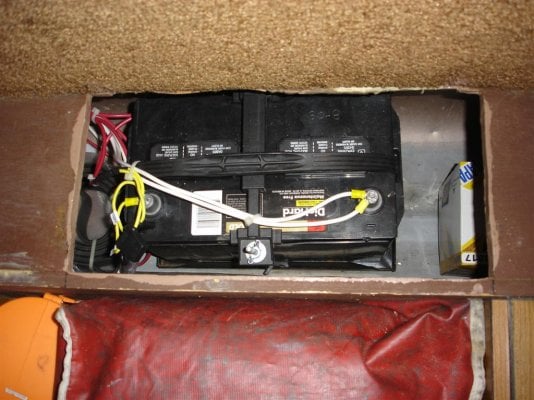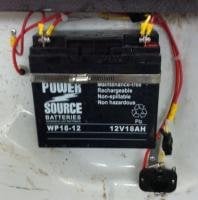natjwest
Contributors
I currently have one house battery under the front settee in my FWC, but I am planning to upgrade to two matched batteries once this one dies, which isn't too far into the future.
I'm also planning an extensive interior remodel (dinnette, cabinet work, etc) and am wondering if I would be better served by having the camper batteries in the truck bed, forward of the wheel wells instead of inside the camper. Does anyone have usage recommendations for batteries outside the truck bed?
I keep the camper off the truck when not in use, and don't use turnbuckles/eyebolts, so there is plenty of room for two batteries on the passenger side, which is where I would put them to balance the camper weight (and driver weight).
Any opinions on mounting the batteries to the outside of the camper versus attaching to the truck bed?
I'm also planning an extensive interior remodel (dinnette, cabinet work, etc) and am wondering if I would be better served by having the camper batteries in the truck bed, forward of the wheel wells instead of inside the camper. Does anyone have usage recommendations for batteries outside the truck bed?
I keep the camper off the truck when not in use, and don't use turnbuckles/eyebolts, so there is plenty of room for two batteries on the passenger side, which is where I would put them to balance the camper weight (and driver weight).
Any opinions on mounting the batteries to the outside of the camper versus attaching to the truck bed?


